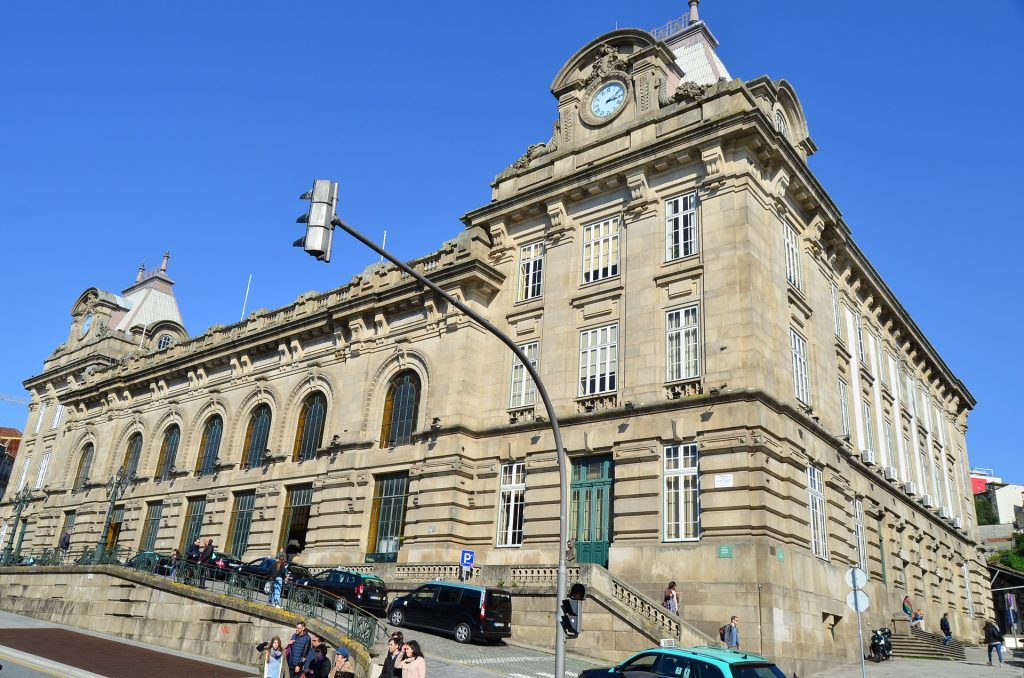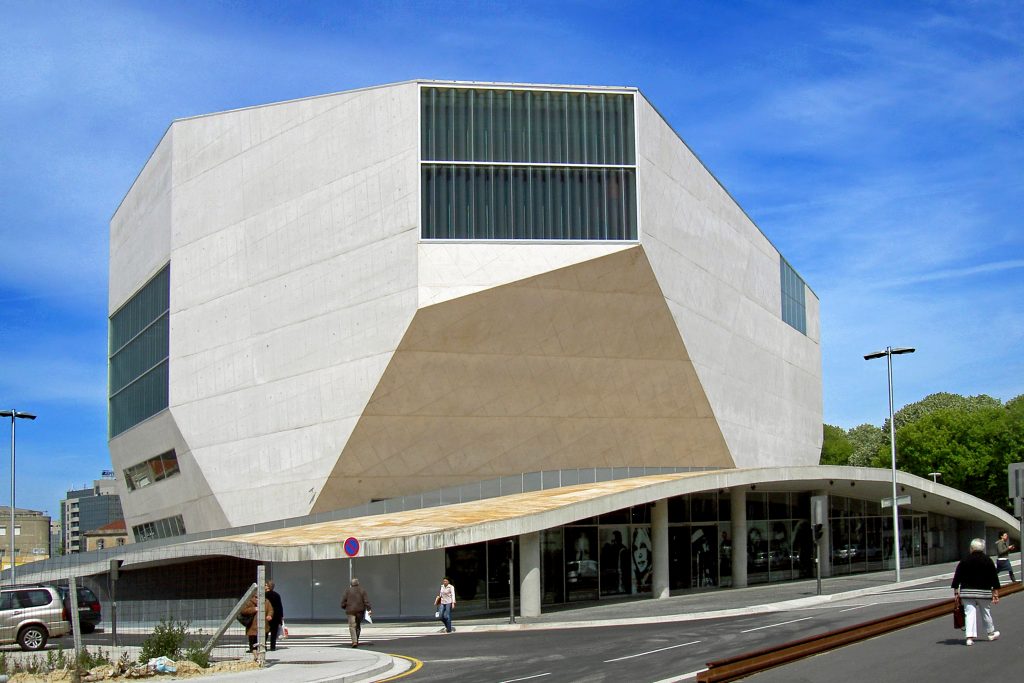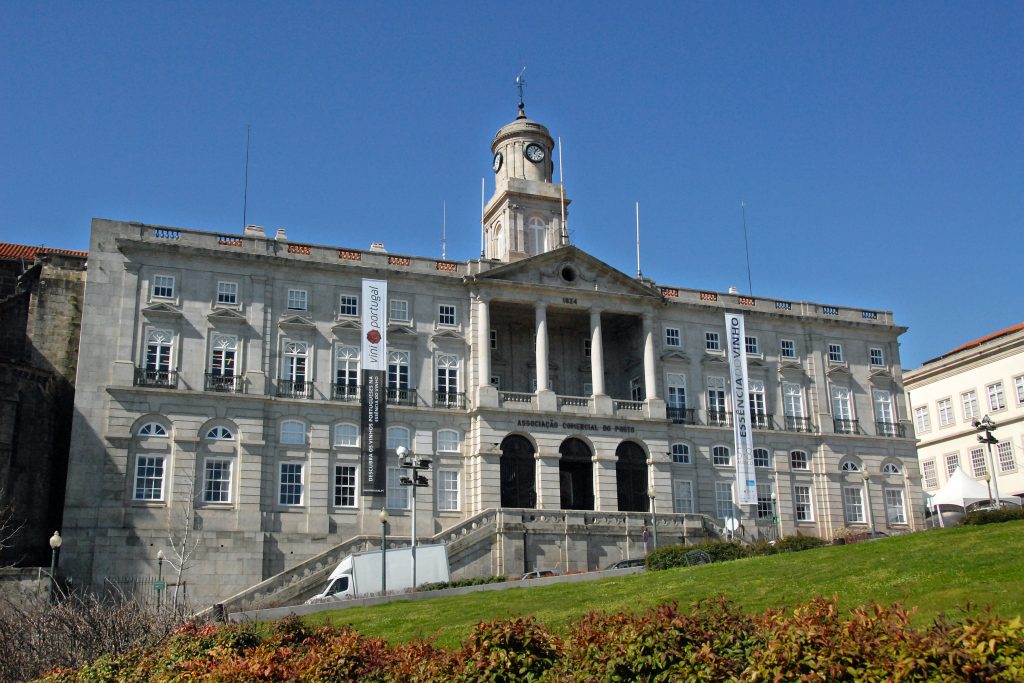Guia de viagem Porto

O que fazer em Porto?
Porto é uma cidade que viu muitas mudanças ao longo de sua longa história, desde a conquista dos romanos até sua arte, música e literatura que tem hoje. A cidade possui um rico patrimônio cultural e recebe turistas de todo o mundo com sua cultura vibrante e locais históricos.
Em Porto você encontrará muitas coisas para se ver e fazer, uma vez que a cidade acolhe muitos eventos, como o Festival de Fado e o Festival Internacional do Livro. Além disso, a cidade oferece aos turistas uma experiência única no coração da Europa, com uma interessante mistura de moda e beleza que a torna uma das cidades mais populares do continente.
Quais os pontos turísticos do Porto?
O Porto é uma cidade com uma longa história, pois já foi um destino importante no Império Romano em Portugal. No entanto, a cidade também tem sido um importante centro comercial no norte da Europa desde o século XIV. Além disso, o Porto é uma cidade famosa por sua beleza e suas amenidades culturais, abrigando muitos museus, galerias e edifícios históricos que valem a pena visitar.
A cidade oferece muitas atrações turísticas diferentes, você pode aproveitar suas belas praias e passear pelas praças arborizadas da cidade, mesmo quando é inverno. Mas caso você esteja procurando uma experiência fora do comum, uma visita a Vila Nova de Gaia será o destino certo.
O Porto oferece uma experiência inesquecível para seus visitantes, e é o destino perfeito para explorar o patrimônio histórico de Portugal e conhecer a sua rica história enquanto se desfruta de suas conveniências modernas.
Estação de São Bento

A Estação de São Bento é a principal estação do Porto, e o polo ferroviário mais importante de Portugal com seis linhas ferroviárias e um total de 46 plataformas. No entanto, o local foi construído para substituir uma estação mais antiga situada do outro lado do centro da cidade.
Ponte de Dom Luís

Construída em 1891 para ligar as duas margens do Rio Douro ao centro da cidade do Porto, a Ponte Dom Luís tem sido amplamente utilizada para o transporte de mercadorias e visitantes para a margem do rio.
Sé do Porto

Um dos marcos mais emblemáticos do Porto é a Sé do Porto, que é uma das igrejas mais antigas da Europa e está lá pelo menos desde 1178, embora tenha sido reconstruída muitas vezes ao longo de sua existência. No entanto, a catedral foi danificada e destruída várias vezes ao longo da história devido a uma variedade de razões, como terremotos e guerras, mas sempre conseguiu se recuperar e ainda hoje permanece orgulhosa com sua imponente torre apontando para o céu.
Casa da Música

Construída no final do século XIX por Rem Koolhaas, a Casa da Música possui uma arquitetura composta por azulejos únicos, que lhe dão um aspecto tridimensional. No entanto, o edifício está situado de tal forma que o som ecoa pelas ruas para criar uma atmosfera única para a cidade.
Palácio da Bolsa

O Palácio da Bolsa é um edifício na cidade do Porto que está lá desde 1655, e é considerado um dos símbolos mais importantes da cidade. No entanto, durante o século XIX, o local foi usado como bolsa de valores e hoje está aberto à visitação.
Onde se hospedar em Porto?
Ao viajar para uma cidade, uma das primeiras coisas a se fazer é decidir onde vai ficar, pois você precisa ter certeza de qual é o melhor lugar em questão de conforto, e custos. Com tantas opções para se escolher e muitos sites com descontos, é fácil para algumas pessoas se empolgarem e acabarem se hospedando em um hotel caro demais para seu orçamento.
No entanto, o Porto é famoso mundialmente pela sua rica história e cultura, o que o torna um destino ideal para viajantes de toda a Europa e mundo. Como alternativa, você pode escolher ficar em um hostel ou Airbnb, pois são opções que proporcionam mais privacidade e vão te ajudar a economizar na hospedagem e nas despesas de viagem.
Centro
O Centro, magnificamente renovado, abriga os edifícios mais glamorosos da cidade, com estruturas construídas dos últimos dois séculos para hoje, oferecendo um vislumbre de uma longa história repleta de maravilhas arquitetônicas.
A região conta com uma longa história que remonta ao século XVI, e foi a casa de muitas figuras importantes de Portugal, incluindo D. João III e Marquês de Pombal, que liderou a nação durante a invasão de Napoleão e foi fundamental na expansão e modernização da cidade.
A área também é um hotspot para turistas, com dezenas de museus localizados em suas três praças principais, sendo elas a Praça da Batalha, a Praça do Comércio e a Praça dos Leões.
Baixa
Localizado no centro histórico da cidade, o bairro da Baixa abriga uma infinidade de jóias arquitetônicas, como o Mosteiro de Santa Clara-a-Nova. No entanto, a popularidade da região vem da proximidade entre as suas muitas atrações, incluindo o Museu de Serralves e a Sé do Porto
A região possui uma história muito antiga e rica, pois durante séculos, foi um lugar central na vida da cidade, mas atualmente, com a queda do seu comércio e indústria tradicionais, o local vive um renascimento.
Foz do Douro
A Foz do Douro é o bairro mais típico do Porto, e seu nome significa literalmente “rio de fontes”, o local tem uma história rica e composta por alguns dos edifícios históricos mais bem preservados de Portugal. Atualmente, a Foz do Douro oferece muitos destinos turísticos aos visitantes, incluindo museus, teatros, cafés e restaurantes.
A área atrai muitos visitantes, mas não pela sua famosa arquitetura ou vistas deslumbrantes, e sim pela sua incrível variedade de coisas para fazer. No entanto, a Foz do Douro não é um dos destinos turísticos mais populares de Portugal, mas não há dúvidas de que este é um dos melhores locais para se conhecer a cultura portuguesa.
Cedofeita
Cedofeita é um bairro histórico do Porto com muitas atrações históricas, como a Câmara Municipal, que foi construída em 1564 e a Casa da Música. No entanto, a área também abriga muitos restaurantes e cafés, mas é mais conhecida como o lugar onde as pessoas vão para desfrutar de momentos ao ar livre, porque conta com muitos parques e áreas verdes.
Além disso, o bairro é um dos destinos turísticos mais populares do Porto, pois é conhecida pelas suas casas coloridas que se destacam no topo da colina de seu terreno íngreme. As ruas estão repletas de barricas de vinho do Porto, oferecendo um charme do velho mundo que não se encontra em nenhum outro lugar de Portugal.
Bonfim
Bonfim é um bairro localizado na zona norte do Porto, com uma população de pouco mais de 4.000 pessoas e um cenário que vai de casas de tijolos vermelhos a campos de oliveiras. No entanto, Bonfim é o lugar perfeito para quem busca uma experiência autêntica e diferente do padrão central da cidade.
A região anteriormente era conhecida por sua pobreza, com a maioria dos moradores desempregados e lutando contra o vício do álcool. No entanto, nos últimos anos o local foi revitalizado e atualmente abriga diversas novas oportunidades para o turismo, como adegas, oficinas, galerias de arte, restaurantes e muito mais.
A região do Bonfim tem se tornado cada vez mais popular entre os turistas, graças às suas paisagens deslumbrantes que proporcionam vistas incríveis do horizonte da cidade do Porto.